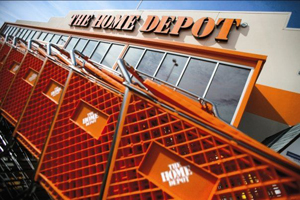
If you sell online and via retail stores, make sure you align your web and store channels. That’s what the Home Depot learned when it did its online makeover last May.
Speaking Tuesday at the Internet Retailer Web Design & Usability Conference, Home Depot online president Hal Lawton explained the importance of marrying the two channels.
According to Lawton, an average of 225 customers per Home Depot store first go to HomeDepot.com to do research—even if it’s something as simple as going to the site’s store locator feature. That, Lawton figures, is about 45% of its bricks-and-mortar customers.
Multiply that by about 2,200 stores nationwide, and it becomes a significant percentage of Home Depot’s 8 million monthly online visitors.
So how is Home Depot connecting its store customers to the web?
The store locator tool plays a major role, Lawton says. Before a user selects a “home store,” geolocation is used to select a default store based on the user’s IP address. Once a home store is selected, a perpetual cookie is placed on the user’s computer so deals and localized pricing at that user’s store-of-choice can draw the user to the store.
The result: Lawton says 95% of HomeDepot.com’s users get a localized experience.
But other features incorporated into the website have helped HomeDepot.com draw users to the store as well. For example, the on-site forums include interaction with store employees equipped with Flip cameras. They’ll even answer how-to questions with do-it-yourselfers with video walkthroughs when necessary.
Not everything HomeDepot.com does online is designed to pull people into stores. But adding product video demos, ratings and reviews and checklists that ask the customer for their needs, Lawton says The Home Depot has been able to capture a 25% market share of the online patio industry, 20% of the bathroom market share and 12% of the outdoor power equipment market share.
